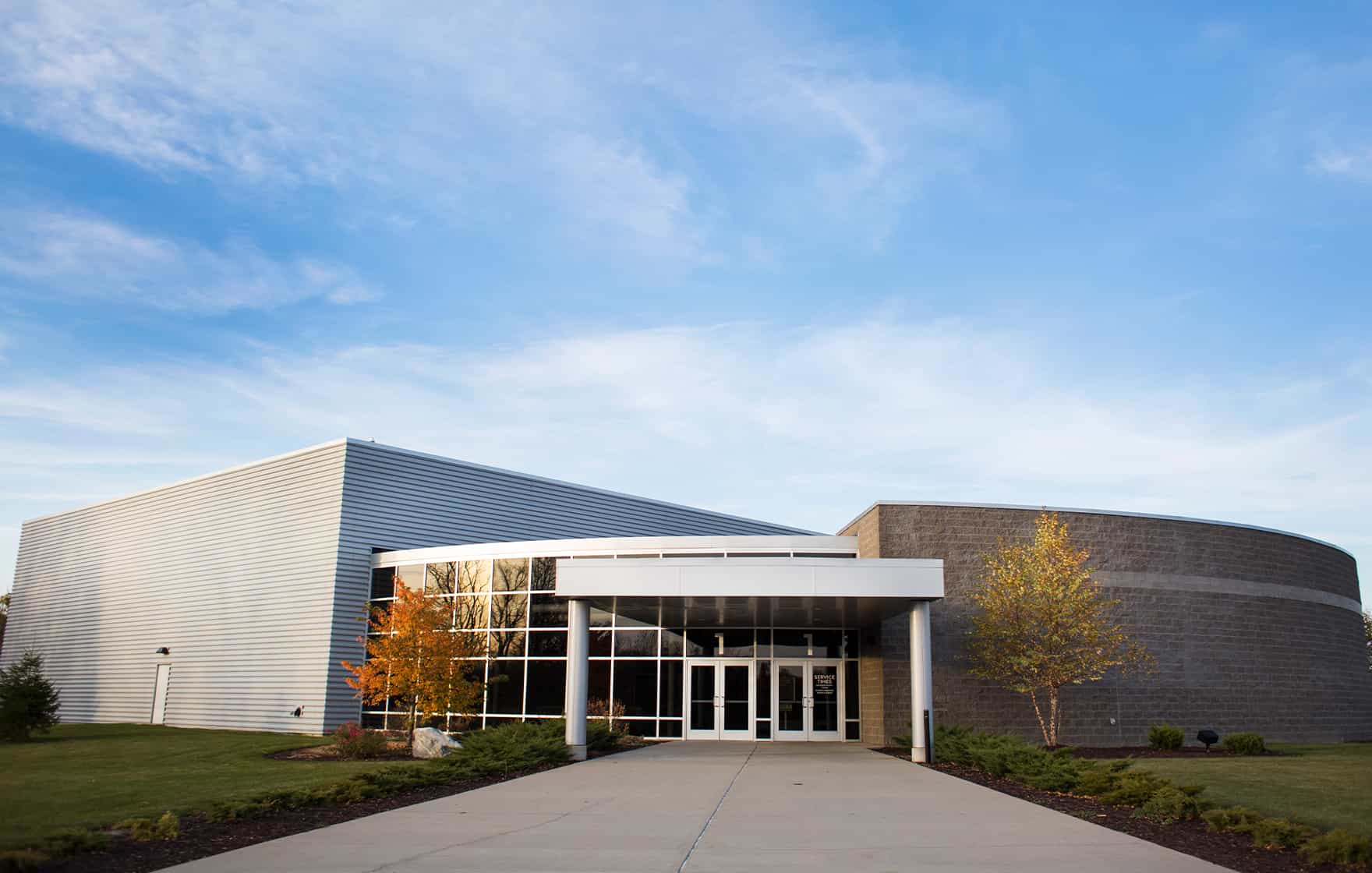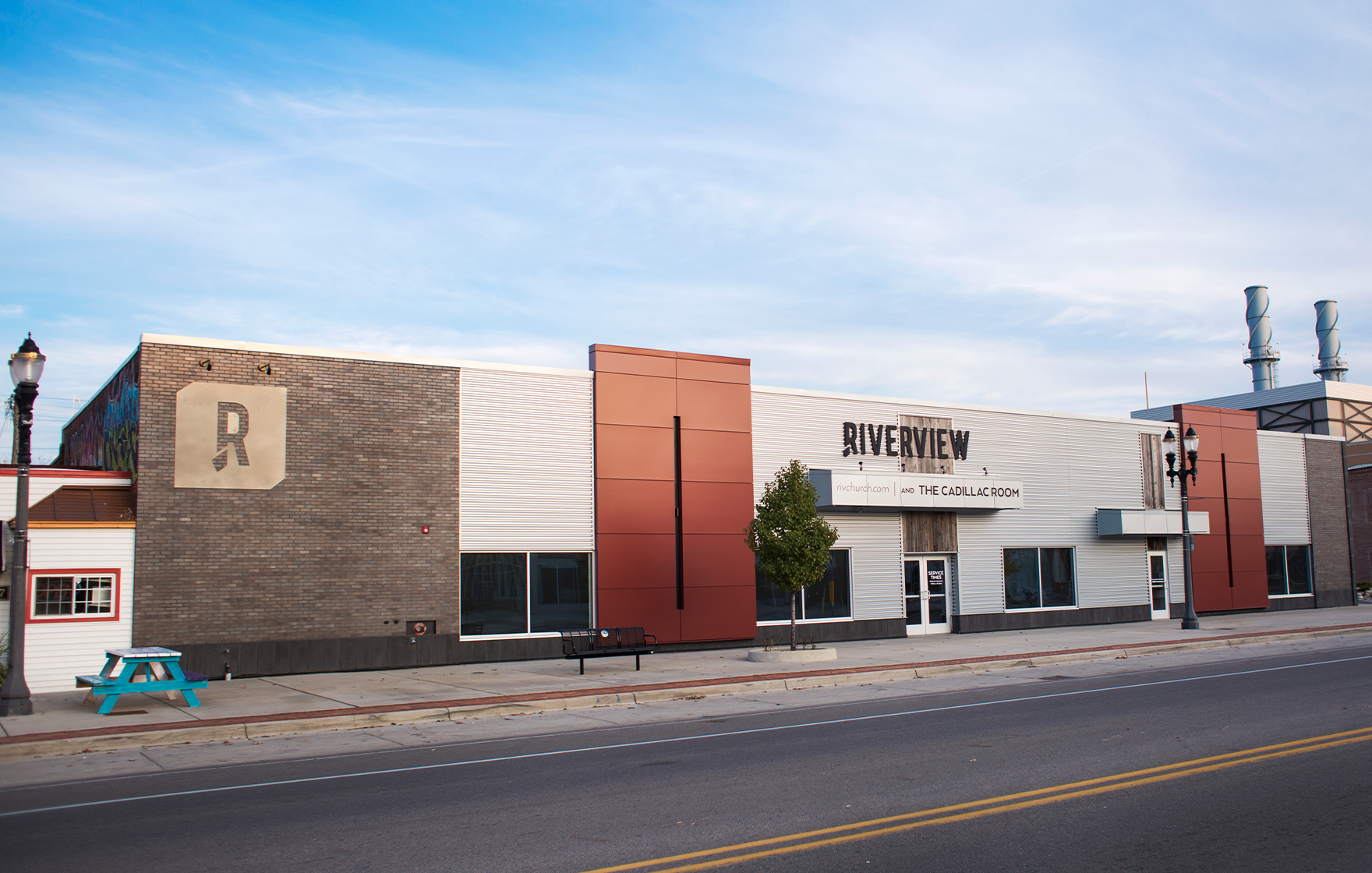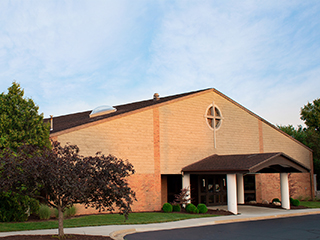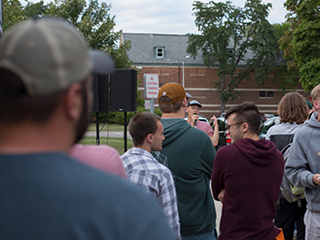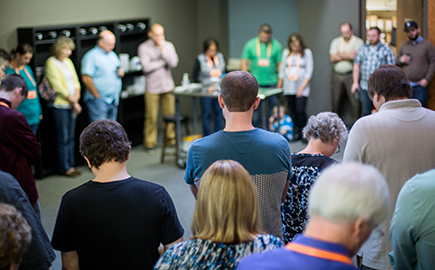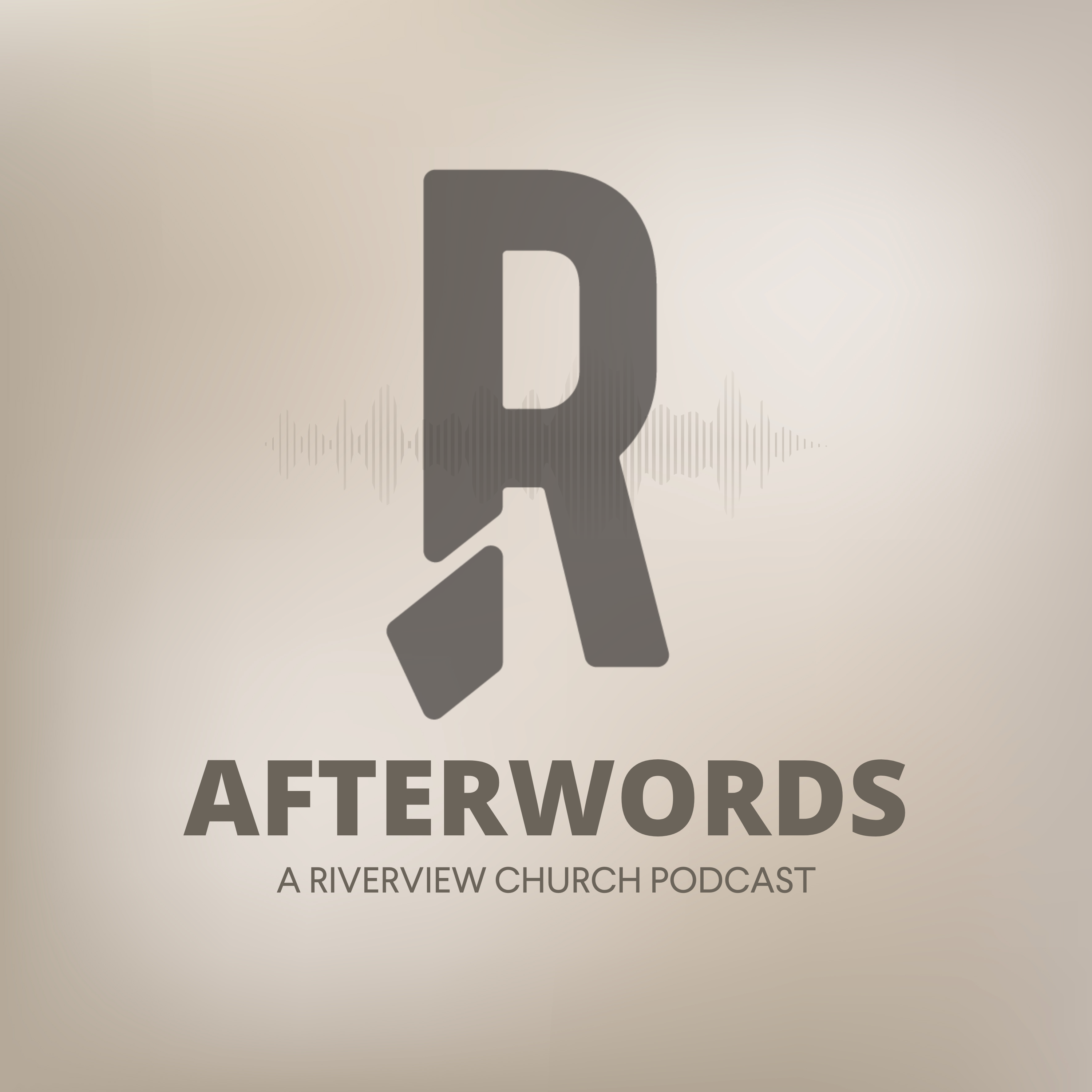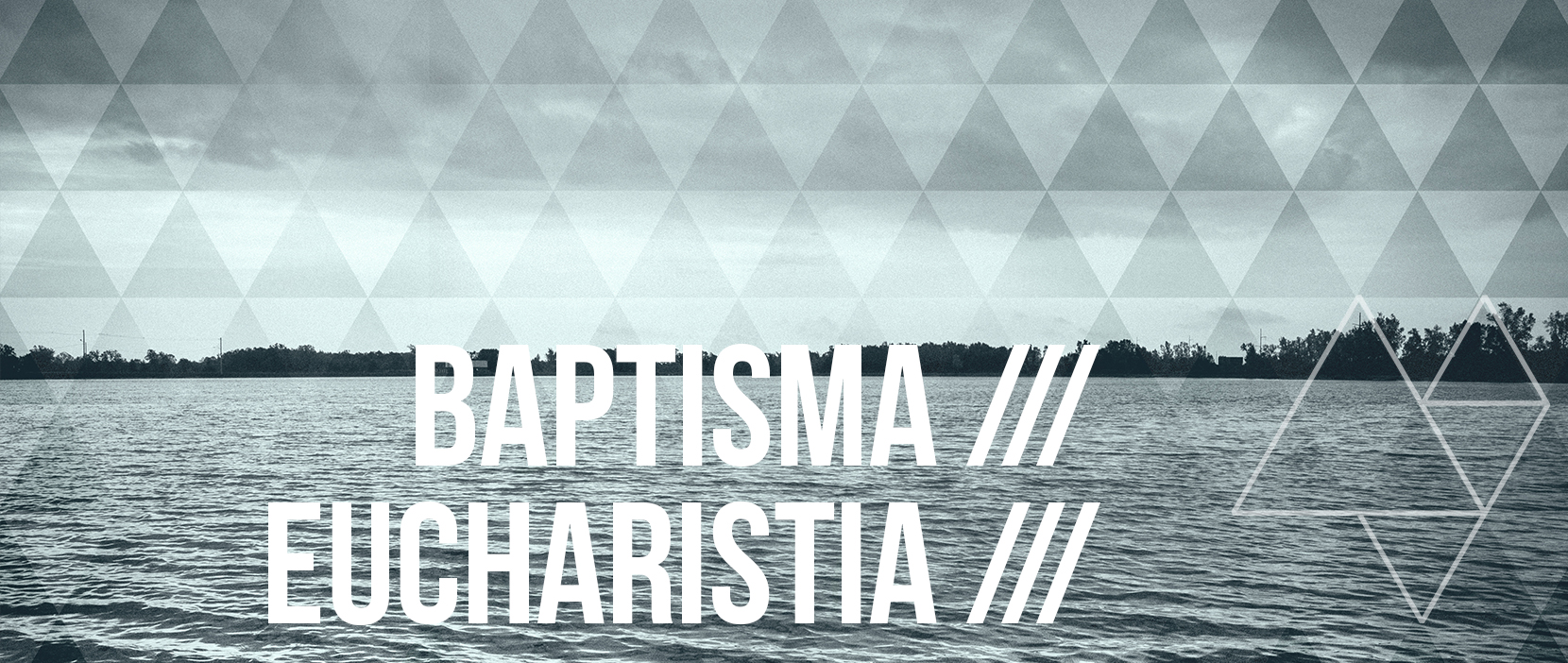
Baptism And The Lord’s Supper
Baptism And The Lord’s Supper.
“The primary reason anyone would get baptized is obedience.”
Pastor Joe Testa
Every believer should be baptized by immersion as a symbol of their new birth in Christ. Every believer should participate in the Lord’s Supper as a symbol of remembrance of Jesus’ suffering, death, and resurrection; to celebrate our unity in Christ; and to anticipate His return in victory.
Christians all around the world practice two symbolic acts that can seem, at first glance, to be very odd: Baptism and the Lord’s Supper (also known as “Communion” or “Breaking Bread”). These same Christians practice them a little differently from each other and even believe a little differently about why they do them at all. In this article, we’ll take a look at what Riverview believes about each of these important acts of worship and what the Bible has to say about them.
Baptism
Throughout the New Testament, we see that baptism was an opportunity for someone who had become a follower of Jesus to stand before the church community and publicly profess their faith in Christ. Unfortunately, some misunderstand this declaration and think that the act of baptism is necessary for salvation. But the Bible couldn’t be clearer that salvation is a gift of God (Ephesians 2:8-9) that comes when someone puts his or her faith in Christ (Romans 3:21-22; John 1:12). Sin caused a separation between God and us. Our broken relationship with God was mended because of the finished work of Jesus on the cross. It was on the cross that Jesus took all of our sin onto Himself and for those who respond to His finished work, He makes them righteous (2 Corinthians 5:21). The big theological term that is taught in the New Testament about this idea is “justification.”
Justification simply means that because of Jesus’ death for sin and our appropriation of His gift to our life, God rendered us “not guilty” for all eternity.
All of that was said to press the point home that we cannot do anything to earn God’s favor. Baptism doesn’t become something we do to earn God’s forgiveness, because again that’s impossible to do apart from responding to Jesus’ death on the cross for our sin.
So what is baptism and why would we do it if it doesn’t save us?
The New Testament teaches that baptism is a picture or a symbol of what has already happened to someone who has put his or her faith in Jesus (1 Corinthians 15:3-4; Colossians 2:12; 2 Corinthians 5:17).
What shall we say then? Are we to continue in sin that grace may abound? By no means! How can we who died to sin still live in it? Do you not know that all of us who have been baptized into Christ Jesus were baptized into his death? We were buried therefore with him by baptism into death, in order that, just as Christ was raised from the dead by the glory of the Father, we too might walk in newness of life.
Romans 6:1-4
The word for baptism in Greek is the word “baptiso,” which means, “to immerse.” The idea Paul was presenting was that when you had been immersed into Christ you were immersed into His death. As followers of Jesus, when we put our faith in Christ, the old self is crucified with Jesus (Galatians 2:20). As a person goes under the water, this symbolizes that they are dead to their old life and raised up out of the water to walk in newness of life. Baptism, in a sense, is a Christ follower saying to their church community: “I have believed in Jesus, and I am putting to death the old life and will live the resurrected life of union with Jesus.”
That’s an essential part of the symbolism of baptism and it’s why we practice baptism by immersion at Riverview. Baptism was viewed in the New Testament times as symbolic of the inner work of the Holy Spirit in regeneration. Titus 3:6 says, a “washing and renewal.” The death, burial, and resurrection to newness of life pointed to one’s identification with both Christ and His Church. As Robert Saucy has pointed out, “One is not united to the Head (Jesus) without at the same time being united with the body.”
Apart from the mode being connected with the significance of baptism, another key reason why we do it is found in the New Testament. Followers of John the Baptist were baptized “in” the Jordan River (Mark 1:5). Jesus’ baptism was one of immersion. Matthew writes in Matthew 3:16 that “after being baptized, Jesus came up immediately from the water” showing that His body was fully immersed. The other evidence that we have for full immersion baptism comes from two other places in the New Testament (John 3:23; Acts 8:36). Both references refer to baptisms taking place because there was sufficient water available to fully immerse the person being baptized.
Additionally, there is a pattern in how baptism was practiced throughout the book of Acts. This is important because Acts gives us a picture of how the Church took shape over its first 30 or so years. When we look at the book of Acts, we need to note two things to correctly understand what Luke (the writer) wants us to know and do. First, the book of Acts is written as historical-narrative, which means it is a history of the early Church as it explodes into existence by the work of the Holy Spirit through the apostles. Second, when we look at historical-narrative, we see a description of what happened as opposed to a prescription for how we are to do something (we look to the epistles in the New Testament for prescription or doctrine).
As we look at the pattern in the book of Acts, a clear description of baptism can be assessed (Acts 2:38-41; 8:12-13; 8:34-36; 9:18-19; 10:44-48; 16:14-15, 31-33; 18:8; 19:1-6). If you look at every description of what happens in these accounts, someone believes in Jesus and then is baptized.
At this point, it would be good to answer one common question many people ask. Why was Jesus baptized? Did He need to get baptized as a next step after becoming a follower of Himself? On the surface, it does seem strange that Jesus would be baptized. Some think He did it to model for us what we need to do, but that wasn’t the primary reason Jesus was baptized. John the Baptist was the camel hair wearing, locust and wild honey-eating prophet who preached repentance to the people of Israel. He was the one who was “the voice of one crying in the wilderness: ‘Prepare the way for the Lord; make his paths straight’” mentioned in the book of Isaiah that Matthew records in his gospel (Matthew 3:1-3). So John’s job was to prepare Israel for the coming Messiah. How would you do that if you didn’t know who that person was? If you look at what John the Baptist says:
I saw the Spirit descend from heaven like a dove, and it remained on him. I myself did not know him, but he who sent me to baptize with water said to me, ‘He on whom you see the Spirit descend and remain, this is he who baptizes with the Holy Spirit.’ And I have seen and have borne witness that this is the Son of God.
John 1:32-34
The key reason that Jesus was baptized was so that John the Baptist would know who God’s Messiah was and be able to proclaim Him to all Israel.
The primary reason anyone would get baptized is obedience. Jesus, after His resurrection, gave a commission to all of those who would follow Him:
All authority in heaven and on earth has been given to me. Go therefore and make disciples of all nations, baptizing them in the name of the Father and of the Son and of the Holy Spirit, teaching them to observe all that I have commanded you. And behold, I am with you always, to the end of the age.
Matthew 28:18-20
Baptism is part of obeying Jesus in making disciples. God would not give a command that we would teach to others, but not obey ourselves. That would be hypocrisy. Secondly, baptism is a chance to proclaim to the Church that you belong to Jesus. It’s a chance to proclaim your identity as a child of God, and that your desire, by the power of the Holy Spirit, is to live for Jesus.
Some traditions baptize infants of believing parents as a covenantal act. These groups link baptism with the Jewish rite of circumcision as a sign of the covenant community. They would look at household conversions in Acts 16:14-15, 31-33; 18:8 and Colossians 2:11-12. However, when you look at the practice of the New Testament church, you see no evidence of infant baptism. When you look in the New Testament, we also do not find any command to baptize infants. The clear teaching of the New Testament is that those who have believed in Jesus are to be baptized.
A few arguments speak against the idea of infant baptism. One is that infant baptism was introduced after the apostolic period of the Church. Second, when proper emphasis is given to repentance and faith, the maturity of the one being baptized becomes important. Third, infant baptism may create a false sense of security. Some adults might think that they are followers of Jesus because of an act that was performed on them when they were infants.
Most parents who baptize their infants do so with the understanding that they are committing to raise this child as best they can to respond to the message of the Gospel and one day be a maturing follower of Jesus. Our practice as a church is to dedicate a child when their parents (or parent) want to commit to raising them to follow Jesus.
The LORD’S SUPPER
Besides baptism, the other decree that Jesus gave the Church was the Lord’s Supper, often called Communion. We take the Lord’s Supper during our Weekend Services and Life Groups for several reasons.
As a symbol of remembrance of Jesus’ suffering death and resurrection
Jesus, as he was in the upper room sharing the Passover meal with his twelve closest amigos, took bread, broke it and said this:
‘Take, eat; this is my body.’ And he took a cup, and when he had given thanks he gave it to them, saying, ‘Drink of it, all of you, for this is my blood of the covenant, which is poured out for many for the forgiveness of sins.’
Matthew 26:26-28
Luke’s account says it with just a little nuance.
‘This is my body, which is given for you. Do this in remembrance of me.’
Luke 22:19
Jesus used bread and wine as a symbol or an illustration of what His death on the cross would mean for anyone who would respond to Him by faith. The bread and the cup, according to Luke’s account, were to be taken as a way of remembering.
All throughout the Bible, God gave His people ways to remember Him. In the Old Testament, He instructed His people to build monuments when they experienced God. Why would God command His people to do certain activities as a way of remembering? It’s because we’re prone to memory lapses. We’re prone to forget Jesus and just how amazing His death, burial, and resurrection was for our lives. The Apostle Paul wrote this short verse to his friend Timothy:
Remember Jesus Christ, risen from the dead, the offspring of David, as preached in my gospel.
2 Timothy 2:8
Look at the church in Galatia. They struggled to remember what the Gospel was all about. They were turning to a false gospel – one that had to do with doing something to make them acceptable with God. Just like the Galatians, we’re prone to forgetting too.
That’s why Jesus gave us the Lord’s Supper – to regularly refresh our memory about the truth of the Gospel.
To celebrate our unity in Christ
Not only are we prone to forgetting, but Christians are prone to dividing. The church in Corinth struggled with division. Those issues were even highlighted as the church met for the Lord’s Supper. Certain people in the church would show up early, eat and drink way too much. Then others would show up and wouldn’t even be able to participate in this celebration because all the food and wine would be gone. So some were getting drunk at these celebrations, while others didn’t have any food or drink.
When we celebrate the Lord’s Supper, we’re proclaiming Jesus’ death for ourselves and other Christians. We’re reminded that the death, burial, and resurrection of Jesus is core to the faith. We may disagree about minor issues, but if we agree on the Gospel, we agree on the most important of matters. As a church, we talk about open-handed and closed-handed issues. Open-handed issues are issues where there’s freedom to disagree or have a different perspective. These would be things like the color of carpeting in the church or the style of worship music. Closed-handed issues are matters that relate to the Gospel and salvation (Questions like: Who is Jesus? Was His death enough to pay for all my sin? Is there any other way to God besides Jesus?). Those closed-handed issues are the ones that we’re reminded that we agree on as we celebrate the Lord’s Supper.
To anticipate His return in victory
Often during the Lord’s Supper, 1 Corinthians is shared:
For I received from the Lord what I also delivered to you, that the Lord Jesus on the night when he was betrayed took bread, and when he had given thanks, he broke it, and said, “This is my body which is for you. Do this in remembrance of me.” In the same way also he took the cup, after supper, saying, “This cup is the new covenant in my blood. Do this, as often as you drink it, in remembrance of me.” For as often as you eat this bread and drink the cup, you proclaim the Lord’s death until he comes.
1 Corinthians 11:23-26
Paul ends this passage with the phrase “you proclaim the Lord’s death until he comes.” The Bible is clear that Jesus is returning for His Church. His first appearance provided salvation for all who believe. Through the Lord’s Supper we proclaim His death until He returns. In this proclaiming, we remind those who have put their faith in Christ that our hope is to one day be with Christ. We remind Christians that He is returning and that His return will be the end to sin, suffering, and death – a day that Christians wait for in anticipation.
Different traditions have viewed the Lord’s Supper as more than symbolic and celebratory. Some have held that the bread and the cup actually become the body and blood of Jesus (called transubstantiation). Some hold it as an essential part of salvation. Often the passage that is referenced is from John:
Truly, truly, I say to you, unless you eat the flesh of the Son of Man and drink his blood, you have no life in you. Whoever feeds on my flesh and drinks my blood has eternal life, and I will raise him up on the last day.
John 6:53-54
This is often misinterpreted to imply that you have to take the Lord’s Supper to have eternal life. The problem with this interpretation is that you have to look at the greater context. Jesus said that He was “the bread of life” (John 6:35), that He was the bread “that came down from heaven” (John 6:41), that He was the “living bread that came down from heaven” (John 6:51), and that His flesh is “the bread that [He gave] for the life of the world” (John 6:51). His point was that He would suffer and die for the world.
Those who ate His flesh would be anyone who would put their faith in Him, trusting in His death, burial, and resurrection for eternal life. Another key idea from this passage happens later in John 6 where many disciples decided to stop following Jesus based on this teaching. People don’t stop following Jesus over communion – eating a piece of bread and drinking a small portion of wine. They stopped following Jesus because they recognized that following Jesus involved personal sacrifice and devotion. Based on a careful read of the Bible in context, we see that the Lord’s Supper doesn’t have merit in salvation, but it’s a great reminder to us of salvation.
Since we are prone to forgetting, God graciously reminds us as we celebrate His death, burial, and resurrection with the juice and the bread.
